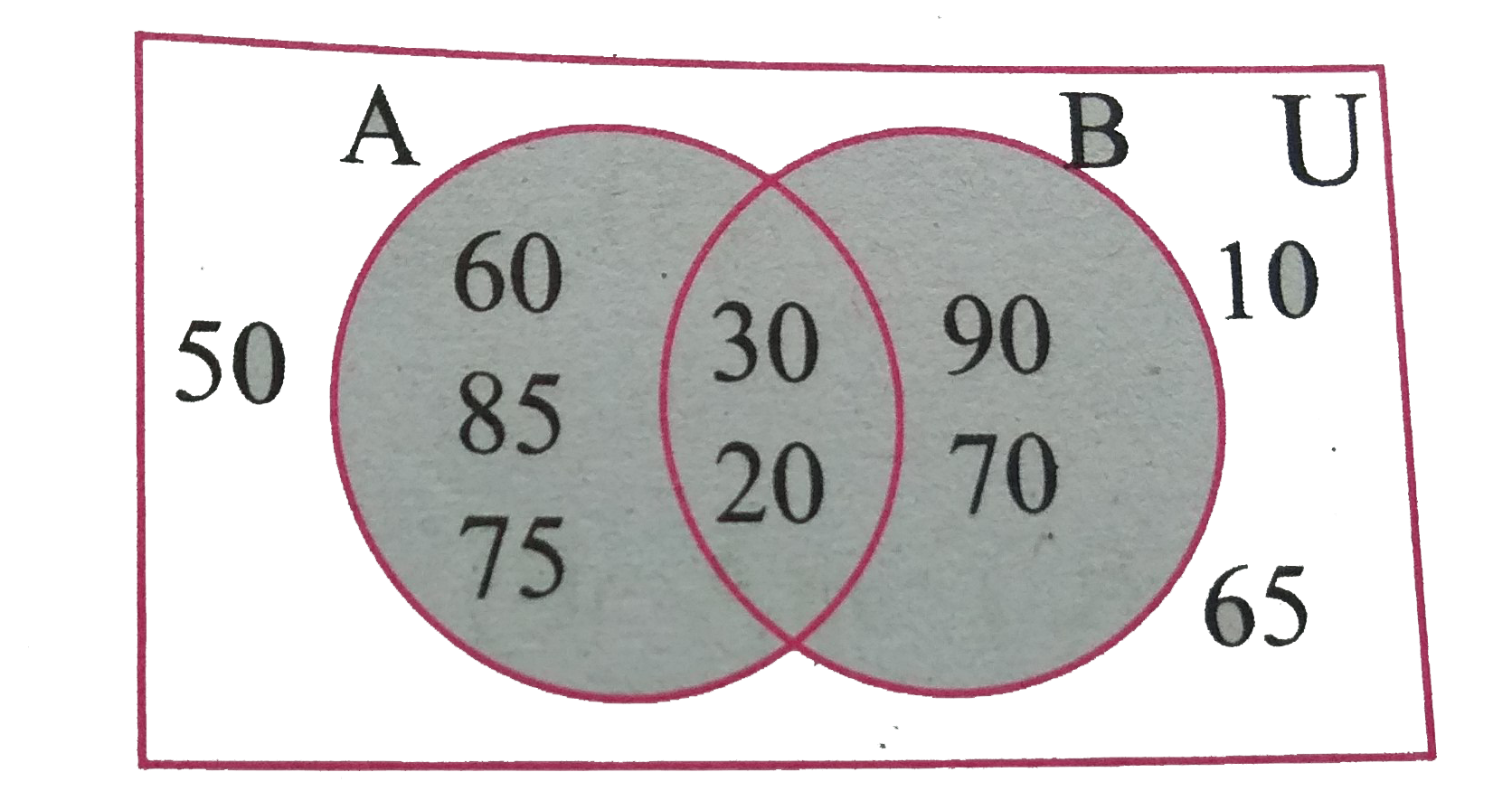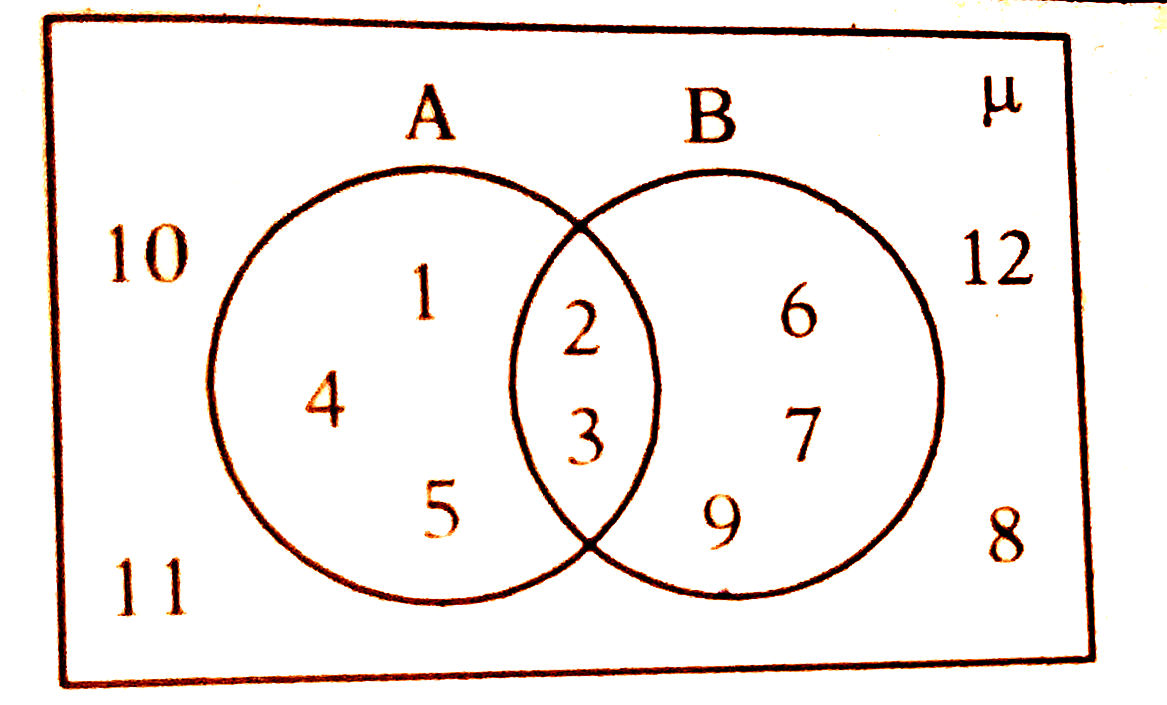n(A∩B)=4 and n(A∪B)=11 then n(p(AΔB)) is:Solution in Tamil
44
256
64
128
The correct Answer is:D
Step by step video, text & image solution for n(A capB) = 4 and n(AcupB)=11 then n(p(ADeltaB)) is: by Maths experts to help you in doubts & scoring excellent marks in Class 11 exams.
Updated on:21/07/2023Topper's Solved these Questions
- SETS,RELATIONS AND FUNCATIONSBook:PREMIERS PUBLISHERSChapter:SETS,RELATIONS AND FUNCATIONSExercise:PROBLEMS FOR PRACTICE I. (Answer the following questions)
Explore 10 Videos
- MATRICES AND DETERMINANTSBook:PREMIERS PUBLISHERSChapter:MATRICES AND DETERMINANTSExercise:PROBLEMS FOR PRACTICE .(II CHOOSE THE CORRECT OPTION FROM THE FOLLOWING)
Explore 46 Videos
- TRIGONOMETRYBook:PREMIERS PUBLISHERSChapter:TRIGONOMETRYExercise:CHOOSE THE CORRECT ANSWER
Explore 62 Videos
Similar Questions
If A and B are two sets so that n(B−A)=3n(A−B)=9n(A∩B) and if n(A∪B)=26, find n(p(A)).
View SolutionIf aij=i2−j and A=(aij)2×2is:
View Solution1cos80o−√3sin80o =
View SolutionIf A={1,2,3,4}andB={3,4,5,6}, find n((A∪B))×(A∩B)×(AΔB)).
View SolutionFor any two set A and B, n(A)+n(B)−n(A∩B)=
View SolutionFrom the adjacent diagram n[P(AΔB)] is

View SolutionIf A = {a,b,c} B = {c, d, e, find n(A∪B)×n(A∩B)×n(AΔB).
View SolutionIf A=(1,2,3,4) B = (3,4,5,6) then n(A∪B)×(A∩B)×(AΔB) is:
View Solutionn(p(A)) = 512, n(p(B) = 32, n(A∪B)=16, find n(A∩B):
View SolutionUsing the Venn. Diagram verify
n(A∪B)=n(A)+n(B)−n(A∩B)

View Solutionn(P(A))=1024n(A∪B)=15 மற்றும் n(P(B))=32 எனில்n(A∩B) காண்க
View SolutionSet A∪B has m elements and set A∩B has n elements . Then set AΔB has ….. elements .
View SolutionIf A, B and C are three disjoint sets such that n(A) = 9, n(B) = 7, n(c) =4 then n(A∪B∪C) = ..... .
View SolutionSet A∪B has m elements and set A∩B has n elements . Then set AΔB has ….. elements .
View SolutionLet A and B be two sets such that
n(A)=20
n(A∪B)=42,n(A∩B)=4.Find
n(B)
View Solution